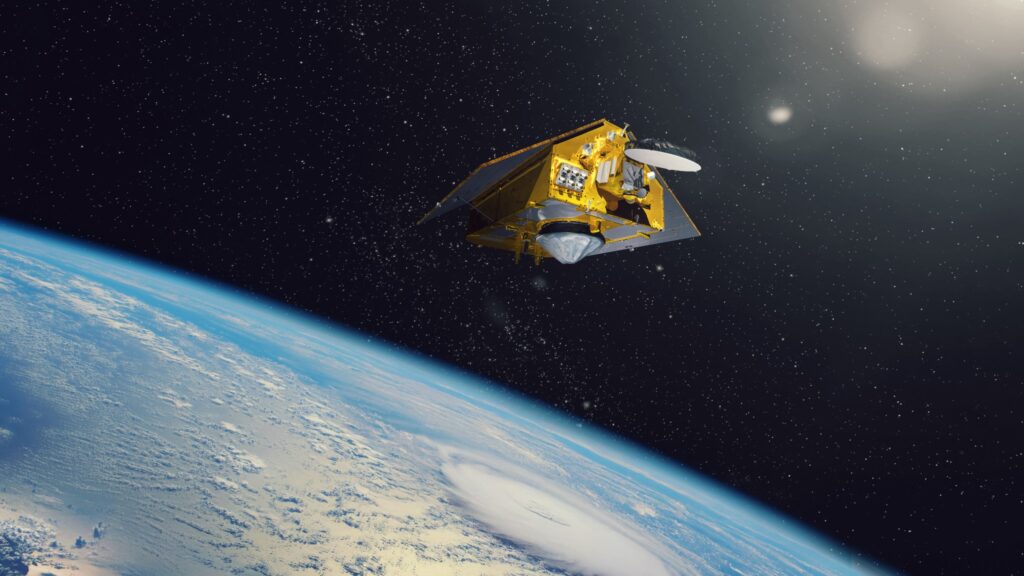
NASA is gearing up for the launch of Sentinel-6B, a critical international mission designed to deliver essential data on sea levels and ocean conditions. The launch is scheduled for 12:21 a.m. EST on Monday, November 17 (9:21 p.m. PST, Sunday, November 16) from Space Launch Complex 4 East at Vandenberg Space Force Base in California. The mission will be carried aboard a SpaceX Falcon 9 rocket.
Live coverage of the launch activities will begin at 11:30 p.m. EST (8:30 p.m. PST) and will be available on NASA+, Amazon Prime, and other platforms. This mission marks a significant continuation of a decades-long effort to monitor global sea levels using precise radar measurements from space.
Extending a Legacy of Ocean Monitoring
The Sentinel-6B mission builds upon a legacy that began in the early 1990s, with satellites launched by NASA and its partners collecting vital sea level data. This new satellite will extend the dataset to nearly four decades, providing critical information to protect coastal infrastructure, enhance weather forecasting, and support commercial maritime activities.
According to NASA, the Sentinel-6B mission is part of a broader initiative to understand and predict changes in the Earth’s oceans and climate. This data is crucial for scientists and policymakers worldwide as they address the challenges posed by rising sea levels and changing ocean conditions.
Prelaunch Activities and Key Players
NASA’s prelaunch activities include a teleconference scheduled for Saturday, November 15, at 4 p.m. EST. Key figures involved in the mission will participate, including:
- Karen St. Germain, Director, Earth Science Division, NASA Headquarters
- Pierrik Veuilleumier, Sentinel-6B Project Manager, European Space Agency (ESA)
- Parag Vaze, Sentinel-6B Project Manager, NASA’s Jet Propulsion Laboratory
- Tim Dunn, Senior Launch Director, NASA’s Kennedy Space Center
- Julianna Scheiman, Director, NASA Science Missions, SpaceX
- 1st Lt. William Harbin, Launch Weather Officer, U.S. Air Force
The audio of the teleconference will be streamed on the NASA Video YouTube channel. These discussions will provide insights into the mission’s objectives, technological advancements, and the collaborative efforts between international space agencies.
Implications for Climate Science
The launch of Sentinel-6B is not just a technological feat but a significant step forward in climate science. The data collected will help scientists understand the dynamics of sea level rise, a critical indicator of climate change. Experts emphasize the importance of continuous monitoring to predict future trends and inform adaptation strategies.
“The Sentinel-6B mission is crucial for advancing our understanding of how climate change is impacting sea levels globally,” said Karen St. Germain, Director of NASA’s Earth Science Division. “This data will be invaluable for coastal communities and policymakers worldwide.”
As the world grapples with the impacts of climate change, missions like Sentinel-6B play a vital role in providing the scientific basis for action. The data will support efforts to mitigate risks to coastal cities and ecosystems, which are increasingly vulnerable to rising seas.
Looking Ahead
As the countdown to the launch continues, the global scientific community is poised to gain unprecedented insights into oceanic changes. The Sentinel-6B mission represents a collaborative effort between NASA, ESA, and other international partners, highlighting the importance of global cooperation in addressing environmental challenges.
With the successful deployment of Sentinel-6B, scientists will have access to a wealth of data that will inform research and policy decisions for years to come. The mission underscores NASA’s commitment to advancing our understanding of Earth’s systems and supporting efforts to safeguard our planet’s future.







